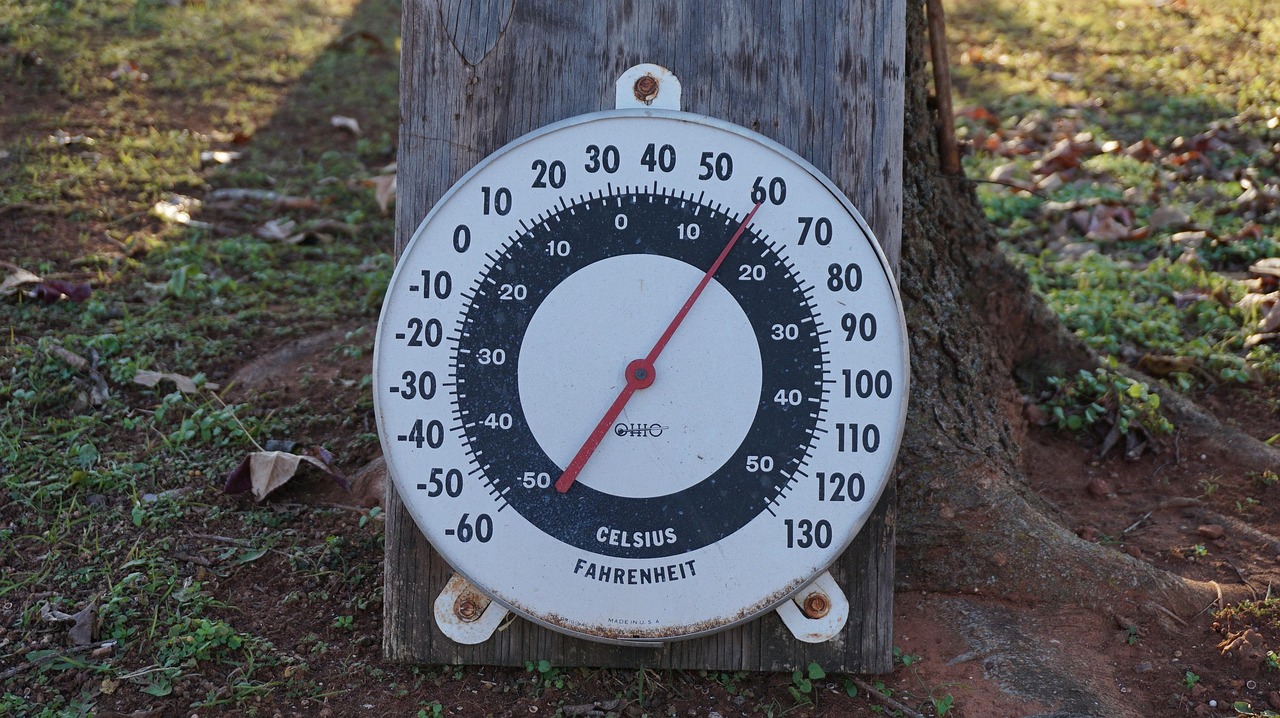The North Country’s climate has been at its warmest in decades despite Canton’s cold winter. Canton is not getting cooler; it is getting warmer. Climate change is linked to extreme weather events – and with the limitations of weather models, it’s becoming harder to forecast.
Aileen O’Donoghue, an astronomer from the Department of Physics at St. Lawrence University, said that Canton winters have been affected by numerous factors. O’Donoghue recalled winters in the 1980s and 1990s having 4 feet of snow. “I have been here for 37 years myself, and we used to frequently get to 20 [degrees] below and 30 below every winter,” she said. “A lot of people were concerned that it was snowing too much — because this time last year was a lot warmer, and that is where people’s confusion is.”
O’Donoghue referred to several areas in the North Country being affected by what’s happening in the polar ice caps. O’Donoghue noted that when the permafrost in the Arctic melted, it failed to support the vegetation and life.
This caused decay, releasing more carbon dioxide and methane into the atmosphere. “The global picture is that the Arctic and the Antarctic are warming more than the tropics,” she said.
According to James Pinto, a research scientist at the National Center for Atmospheric Research, many factors contributed to Canton’s climate. “There’s definitely — probably a climate change factor in here that ironically made it colder this year up here in upstate New York, but the parts of the country have been a lot warmer than normal,” he said.
Pinto said that Canton’s colder weather this year could be attributed to global warming affecting the polar vortex located in the North Pole. “The polar vortex actually gets more unstable and can split apart – and like pieces of it can drop south [North Country] over the U.S.,” he said. O’Donoghue said that a broken piece of the polar vortex fell in the jet stream loop which caused a large snowstorm in the North Country.
Tammy Weckwerth, senior scientist at NCAR, participated in a field campaign for the University at Albany’s mesonet last year. Weckwerth said that due to weather model limitations, isolated storms became increasingly harder to predict. Her research aimed to improve forecasting models by feeding more detailed observations into the mesonet. “They are [mesonet surface stations] capable of measuring continuous temperature, pressure, winds, precipitation, soil moisture and soil temperature observations,” she said.
According to Weckwerth, Canton’s colder weather in the past two years are not indications that our climate is getting cooler. “You would need more than just a comparison of two years to attribute it to climate change,” she said. “When there’s changes year to year, you can’t simply say that it’s due to climate change, you have to look more at the longer-term trends and variability.”



